For some people, cycling is simply a pastime or a way to stay fit. For others, it’s a convenient way to move from one place to another. But for those who are born cycling, it’s something far deeper — a calling, a lifestyle, and an inseparable part of who they are. The phrase “born cycling” captures that innate connection between body, machine, and motion — a harmony that transcends sport to become a philosophy of life.
To be born cycling is to live in motion, to find peace in the rhythm of the wheels, and to see the world not as a place of boundaries but of endless roads waiting to be explored. It’s about the feeling of wind on the face, the hum of tires on asphalt, and the quiet joy of propelling oneself forward with nothing but human power and will.
The Origins of the Cycling Spirit
The bicycle has always symbolized freedom. When the first “safety bicycles” appeared in the late 19th century, they changed human mobility forever. Suddenly, anyone — regardless of wealth or social status — could travel miles beyond their home under their own power. The bicycle became a tool of liberation, particularly for women during the early 1900s, who used it as a symbol of independence and equality.
Those who were “born cycling” in that era weren’t just athletes — they were pioneers. They saw the bicycle not as a toy, but as an extension of the human body. This spirit continues today, visible in every cyclist who treats the road as a place of freedom and discovery.
To be born cycling means to inherit this legacy — to feel that the world opens up with each turn of the pedals, that the horizon isn’t a limit but an invitation.
The Physique and Mind of a Cyclist
Cycling shapes both the body and the mind in unique ways. Over time, the cyclist’s body adapts to the demands of endurance, balance, and power. Legs become strong but lean, the core grows stable, and lungs expand to deliver oxygen efficiently.
But beyond physical transformation lies mental growth. Every ride tests patience, focus, and resilience. Long climbs teach persistence; headwinds demand discipline. The mind of a cyclist learns to endure discomfort, to embrace silence, and to find beauty in simplicity.
There’s also a meditative rhythm to cycling — a connection between breath, motion, and the hum of the wheels. Many cyclists describe this as entering a flow state — where time fades, worries vanish, and all that remains is the ride itself. In this state, cycling becomes not just exercise but therapy — a way to reconnect with oneself.
The Culture of Being Born Cycling
The cycling community is one of diversity and shared passion. It includes road racers chasing podiums, commuters weaving through traffic, mountain bikers tackling rugged trails, and touring cyclists crossing continents.
At the heart of this culture is camaraderie. Whether it’s a nod from a stranger on a bike path or a shared coffee after a group ride, cyclists understand each other in a quiet, unspoken way. They share the same highs — the thrill of descent, the satisfaction of finishing a long ride, the bond forged through shared effort.
Cycling clubs around the world exemplify this sense of unity. They’re not just training groups — they’re communities built on encouragement, discipline, and shared adventure. For those born cycling, belonging to such a tribe feels natural.
The Science of Movement
What makes cycling so transformative — both physically and mentally — is its balance between resistance and flow. Water and air are natural resistors, and in cycling, air becomes the invisible opponent. Every pedal stroke must overcome drag and friction, forcing the body to become efficient, powerful, and rhythmic.
This natural resistance builds endurance without punishing the joints. Unlike running, cycling is low-impact, meaning it strengthens muscles and improves cardiovascular fitness while minimizing injury risk. The constant demand for balance and coordination engages the entire body — especially the core, hips, and legs — creating the lean, athletic silhouette cyclists are known for.
But beyond physiology, cycling also enhances mental resilience. The repetitive nature of pedaling — combined with the challenge of distance and weather — develops focus, patience, and determination. Those born cycling don’t quit when the hill gets steep; they rise out of the saddle and climb harder.
Cycling as Therapy and Freedom
In today’s fast-paced digital age, cycling has taken on a new role: it’s a form of mindfulness in motion. The simple act of riding allows people to disconnect from screens, noise, and stress, and reconnect with the natural world.
Many who struggle with anxiety or burnout find solace in cycling. The rhythm of pedaling, the open road, and the quiet surroundings become a moving meditation. Scientific studies support this: aerobic exercise like cycling boosts endorphins, lowers cortisol, and enhances mental clarity.
There’s also a deep emotional satisfaction that comes from self-propelled travel. Riding through nature, feeling every change in terrain and temperature, gives cyclists a visceral connection to their surroundings. The road becomes not just a path but a living experience.
The Environmental Connection
To be born cycling is also to feel responsible for the world we move through. Cycling is one of the most environmentally sustainable modes of transportation ever invented. It produces no emissions, requires no fuel, and occupies minimal space. In crowded cities, cyclists represent a quiet rebellion against pollution, congestion, and dependence on fossil fuels.
More cities worldwide — from Amsterdam and Copenhagen to Bogotá and Paris — are recognizing this by building bike lanes, offering rental programs, and encouraging cycling culture. For the planet, the shift toward two wheels is more than convenience; it’s a necessity.
Those who are born cycling often become advocates — not just for fitness, but for environmental awareness, cleaner air, and sustainable living. They ride not only for themselves but for the future of the earth.
Born to Compete: The Athlete’s Edge
Competitive cycling adds another layer to the story. From local criteriums to the grandeur of the Tour de France, the sport has captivated millions. But at its core, competition reflects something universal — the human drive to test limits.
Professional cyclists train their bodies to perform at extraordinary levels, balancing speed, endurance, and strategy. Yet even amateur racers share the same passion: the desire to push beyond comfort, to chase improvement.
Being “born cycling” doesn’t mean being born a champion — it means being born with that fire to challenge oneself. It’s the same spark that drives a weekend rider to tackle a longer route, climb a steeper hill, or ride in harsher weather.
Cycling Across Life’s Stages
Cycling is one of the few physical activities that adapts gracefully to every stage of life. As children, we learn balance and freedom through our first bike. As adults, we rediscover that freedom as a form of escape, fitness, or adventure. Even in later years, cycling remains gentle on the joints and stimulating for the mind.
E-bikes, or electric-assist bicycles, have made cycling accessible to even more people. They allow older riders or those recovering from injury to experience the joy of movement without overexertion. In this way, cycling truly becomes lifelong — from first ride to last.
Those born cycling never outgrow it; they simply evolve with it.
The Future of Cycling
The future of cycling looks brighter than ever. With the rise of climate awareness, smart technology, and health-conscious living, the bicycle has reclaimed its place as both a practical tool and a symbol of hope.
Innovations in bike design — lighter frames, advanced materials, integrated GPS systems — are making cycling safer and more efficient. Meanwhile, urban planners are reimagining cities to be bike-friendly, reducing car dependency and promoting green mobility.
As more people take up cycling, the spirit of those born cycling spreads — inspiring communities to move with purpose and harmony.
Conclusion: Living Life in Motion
To be born cycling is to embrace life as a journey rather than a destination. It’s to find joy in effort, freedom in endurance, and clarity in motion. Every turn of the wheel becomes a reminder of balance — between body and mind, between self and environment, between stillness and speed.
Whether it’s a child feeling independence for the first time, an athlete crossing a finish line, or a commuter gliding through the morning light, the act of cycling connects us all. It teaches patience, resilience, and gratitude.
Ultimately, those who are born cycling are not defined by distance or medals, but by motion itself. They are the ones who see the world not as a maze of obstacles, but as an open road — ready to be ridden, explored, and cherished. And with every ride, they prove that life, like cycling, is best lived moving forward — one pedal stroke at a time.






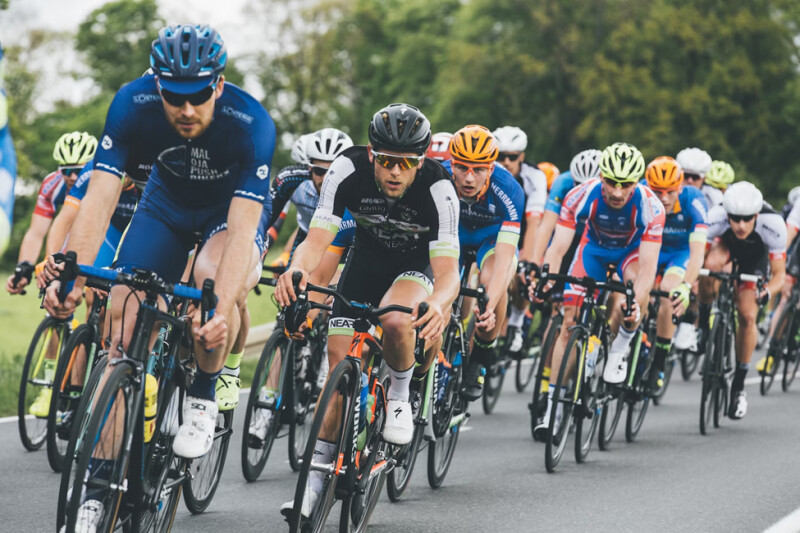
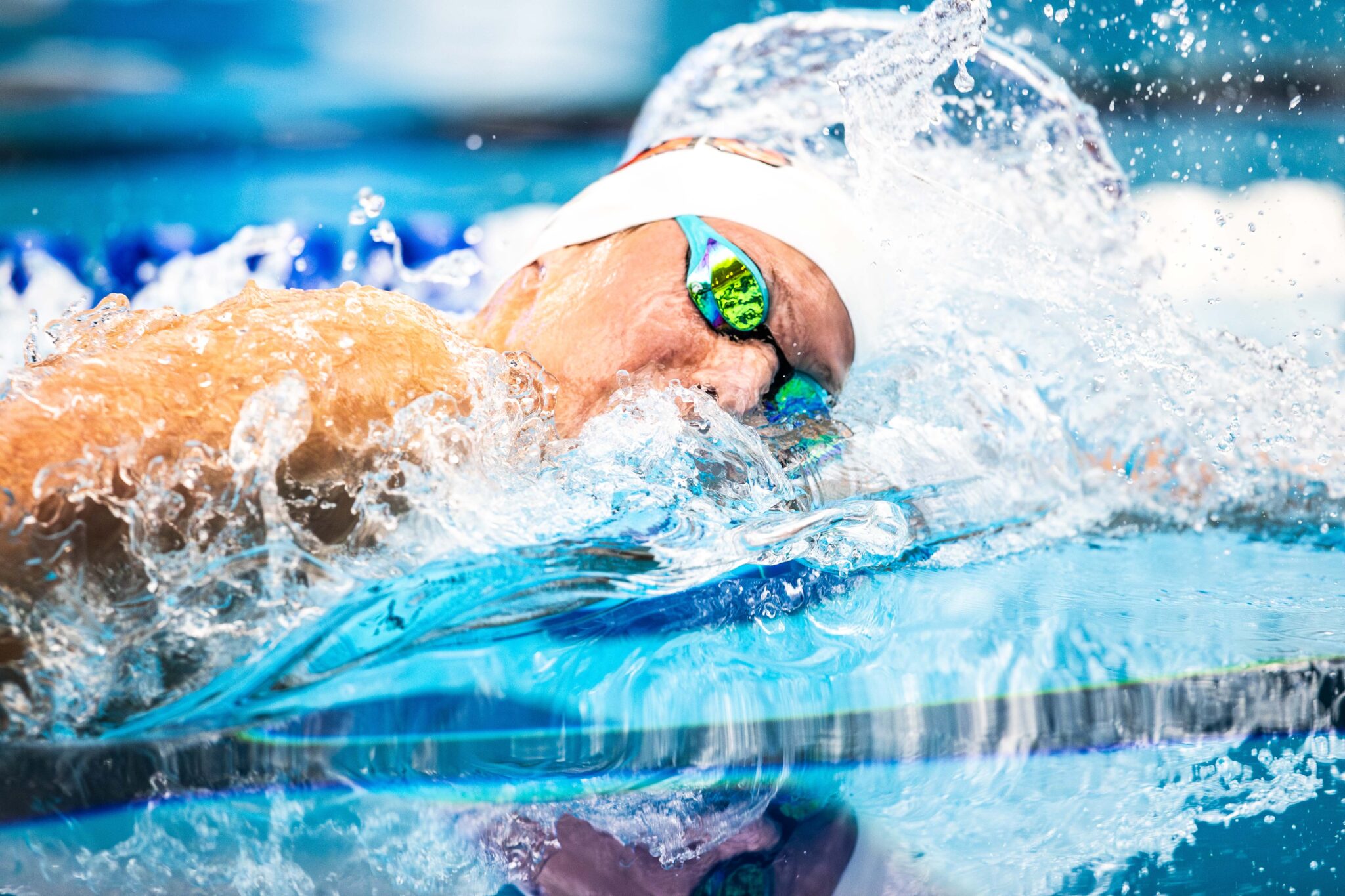
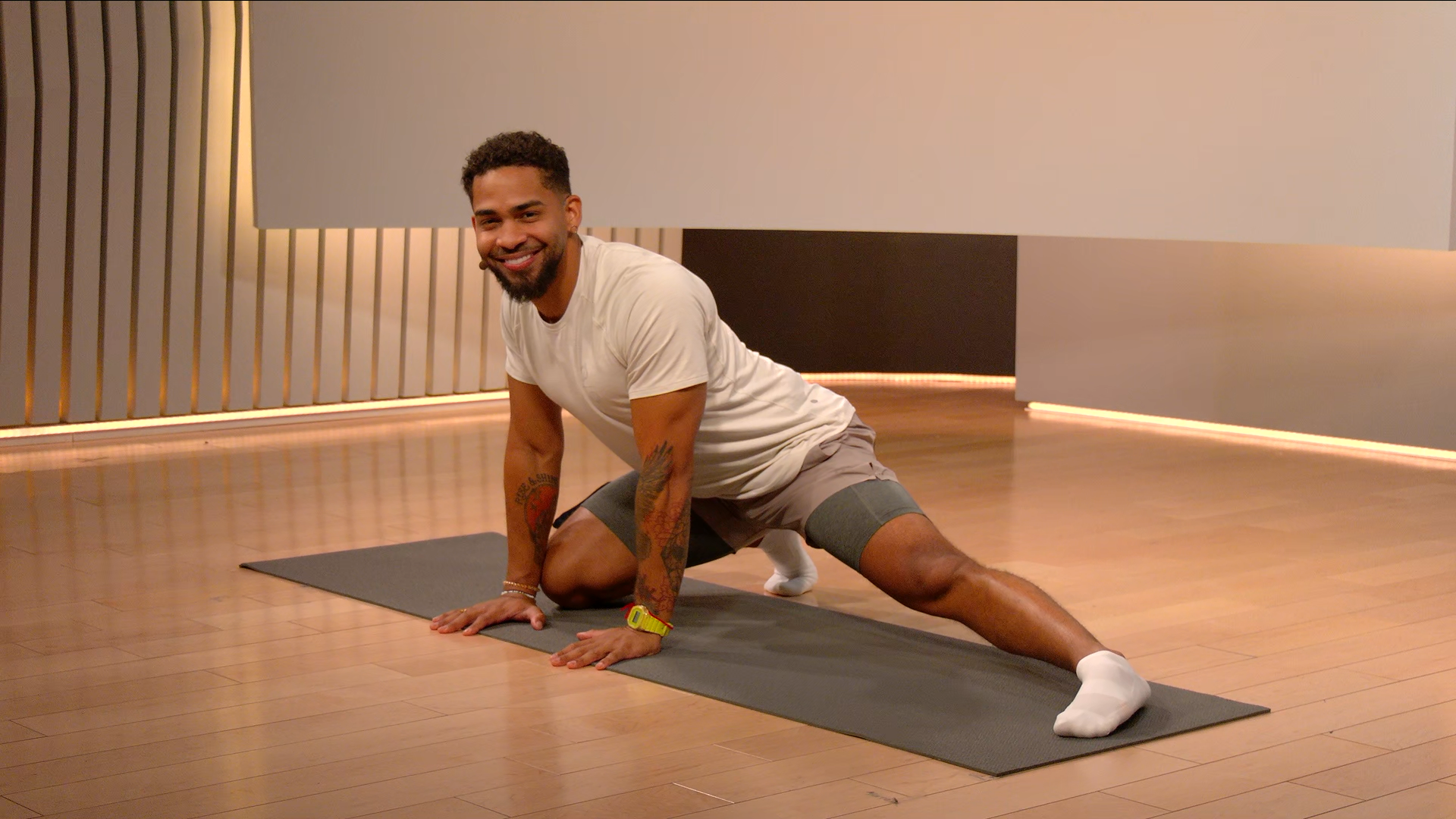
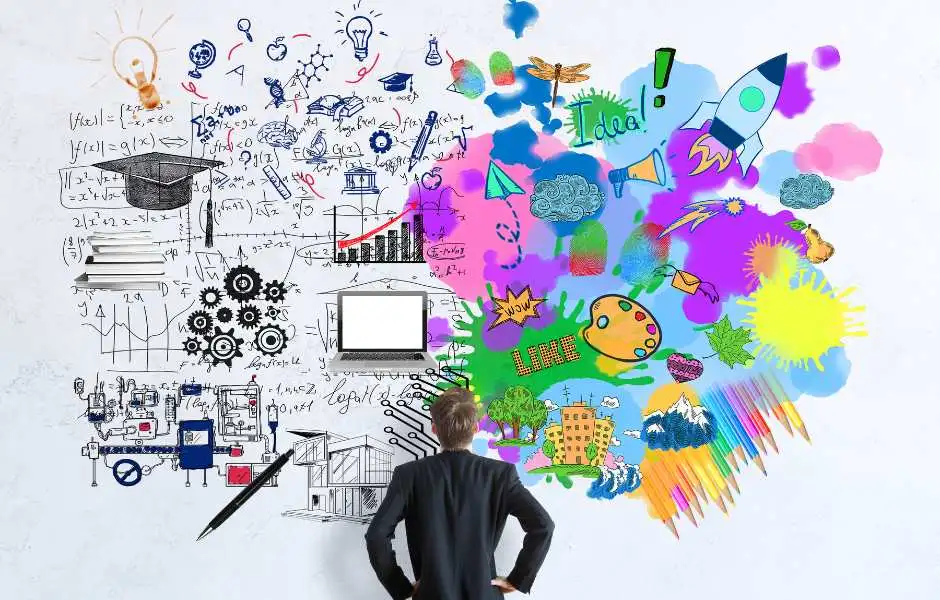

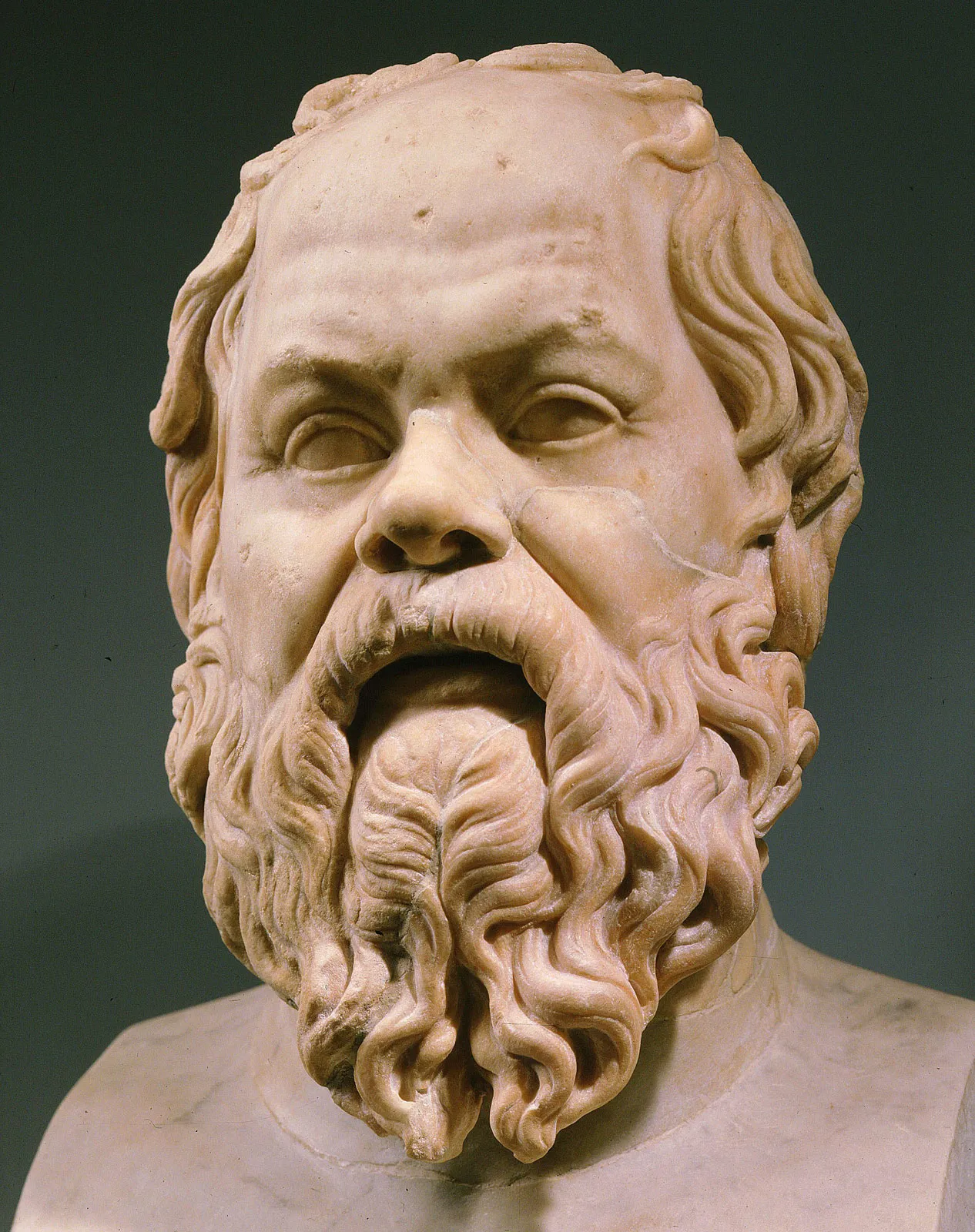

Leave a Reply